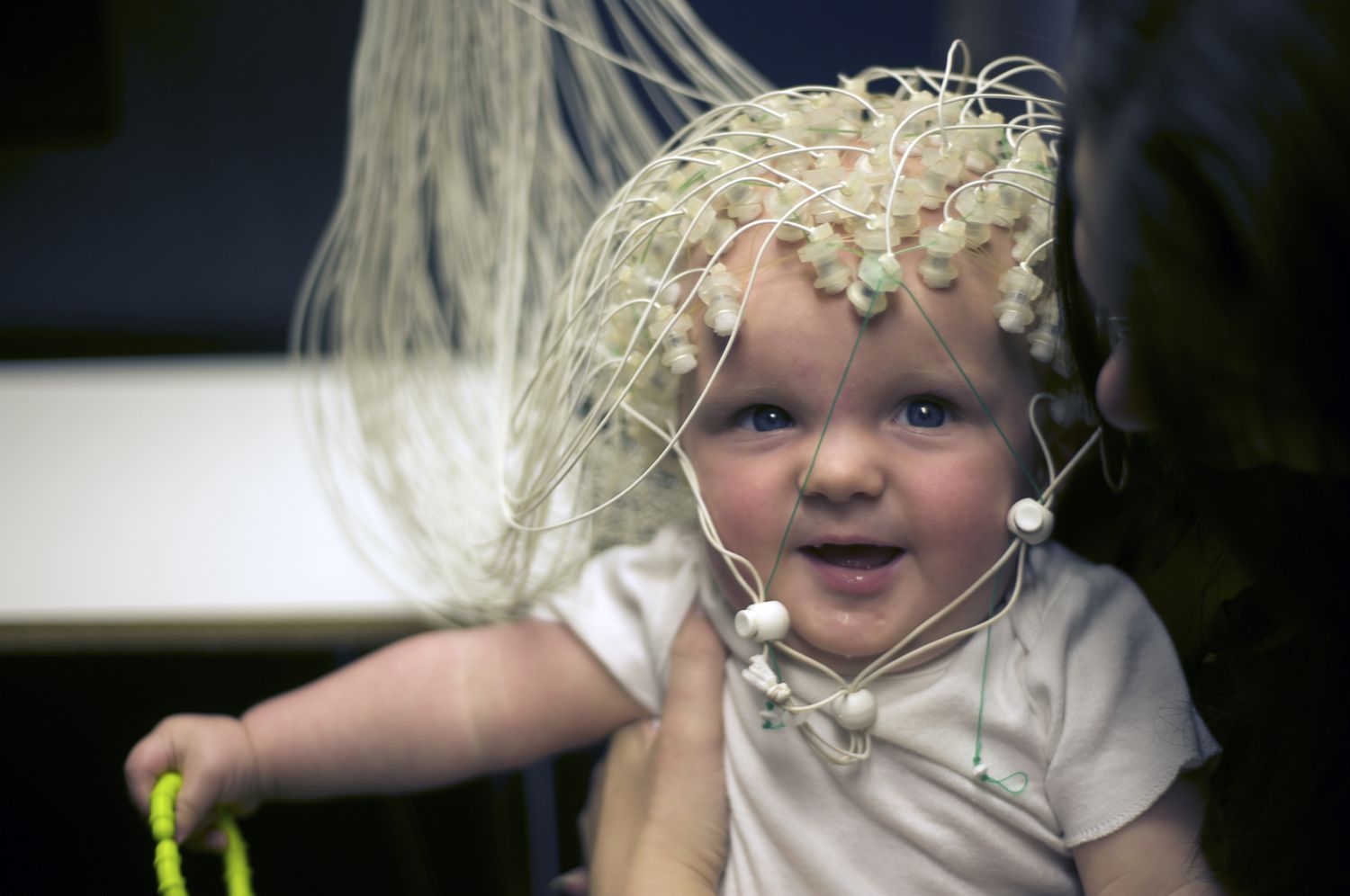Researchers at Tel Aviv University have made a significant breakthrough in the field of genetic therapy that could revolutionize treatment for Dravet syndrome, a rare and severe form of epilepsy that affects children. Dravet syndrome is caused by a genetic mutation that occurs randomly during fetal development, making it difficult to predict or diagnose early on. Seizures typically begin around the age of one and can last as long as 10 minutes. The syndrome also causes developmental delays and cognitive impairment, and an estimated 15 to 20 percent of children diagnosed with Dravet syndrome die before reaching adulthood. Current treatments focus on reducing seizures, but there is no cure.
Israeli breakthrough offers hope for children with Dravet syndrome

The team of researchers, led by Dr. Moran Rubinstein and working in collaboration with other institutions, developed an innovative gene therapy that involves injecting a virus carrying a normal SCN1A gene into the brains of mice with Dravet syndrome. The treatment was found to be effective in improving epilepsy, protecting from early death, and significantly improving cognitive abilities. The treatment was even found to be effective after the onset of severe epilepsy in mice with Dravet syndrome.
The researchers explained that direct injection into the brain was necessary because the size and properties of the virus do not allow it to pass through the blood-brain barrier. This barrier of blood vessels and tissue helps keep harmful substances from entering the brain. The highest efficiency of the gene treatment was found in mice treated at three weeks of age, where seizures stopped completely within just 60 hours of injection and life expectancy increased significantly, with full cognitive repair. Even in mice treated at five weeks of age, a significant improvement was observed, with decreased epileptic activity.
The researchers hope that this technique will eventually make its way to the clinic and help children with Dravet syndrome and other rare developmental epilepsies. The tools developed in this research could pave the way for the development of similar treatments for other rare diseases. The findings were published in the peer-reviewed Journal of Clinical Investigation, and the treatment’s safety was tested on healthy mice without any harmful results. This research offers new hope for families of children with Dravet syndrome and could lead to a significant improvement in the quality of life for those affected by this rare and severe form of epilepsy.
Read also : C4 Pre-Workout: The Key to Achieving Your Fitness Goals
New Treatment Approaches for Dravet Syndrome
In addition to the gene therapy approach, Israeli researchers have also developed a new treatment approach that utilizes a combination of cannabis oil and a low dose of a medication commonly used to treat anxiety and depression. This unique combination has shown promising results in reducing the frequency and severity of seizures in children with Dravet Syndrome.
The study involved a small group of children who had previously been unresponsive to traditional epilepsy medications. After receiving the new treatment, the majority of participants experienced a significant reduction in seizures and an improvement in overall quality of life.
The researchers emphasized that more research and clinical trials are needed to fully understand the potential of these new approaches. However, the initial results are promising and have sparked optimism within the medical community.
These advancements offer new hope for families of children with Dravet Syndrome who have been struggling to find effective treatment options. With continued research and development, these treatments could potentially improve the lives of countless children and families affected by this rare and devastating condition.
Read More: 6 Major Health Benefits of Consuming Honey-Coated Dried Fruits










Leave a Reply